Home>Furniture & Design>Bathroom Accessories>What Size Is A Bathtub Drain
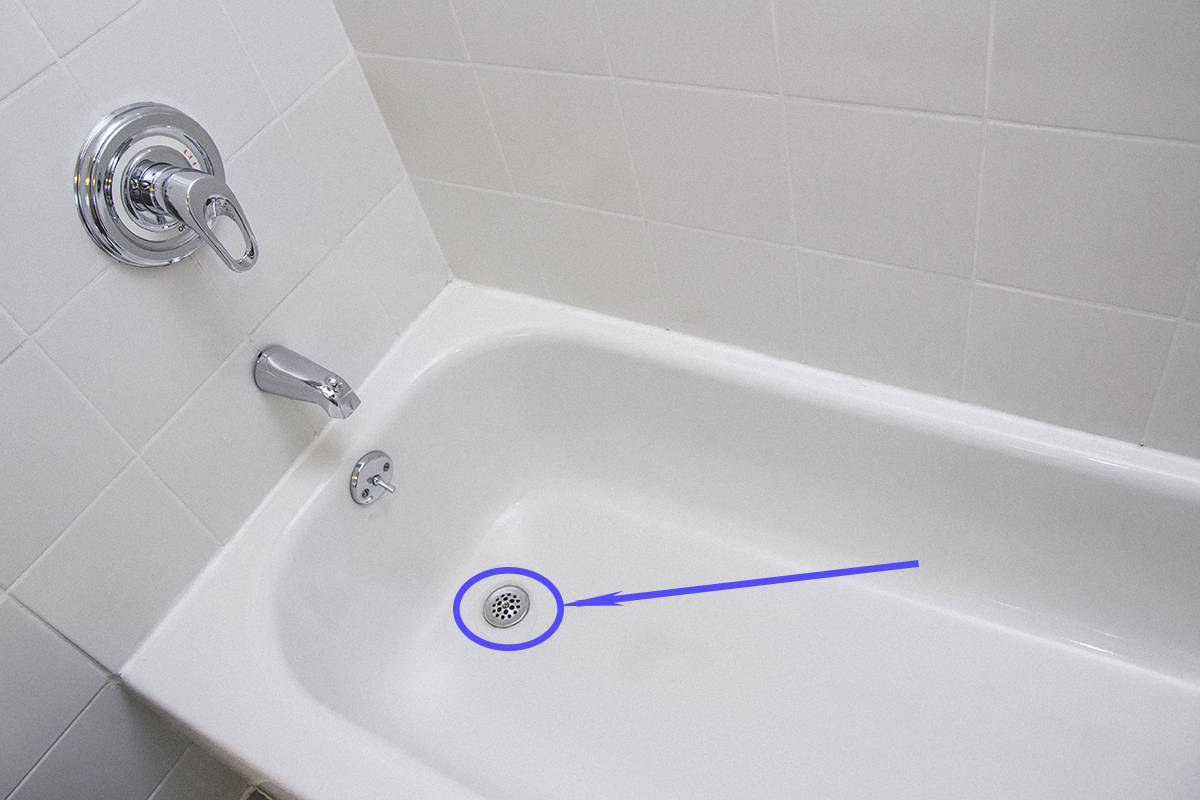

Bathroom Accessories
What Size Is A Bathtub Drain
Modified: October 18, 2024
Find the right bathtub drain size for your bathroom with our comprehensive guide. Explore various bathroom accessories and installation tips.
(Many of the links in this article redirect to a specific reviewed product. Your purchase of these products through affiliate links helps to generate commission for Storables.com, at no extra cost. Learn more)
Standard Bathtub Drain Size
When it comes to standard bathtub drain sizes, it's essential to understand the dimensions to ensure a seamless installation or replacement process. The most common size for a bathtub drain is 1 1/2 inches in diameter. This measurement refers to the diameter of the pipe that connects to the drain, allowing water to flow out of the tub efficiently.
In addition to the drain pipe size, it's crucial to consider the dimensions of the drain flange. The flange is the visible part of the drain located inside the tub, and its size can vary based on the specific bathtub model. Typically, the standard diameter of a bathtub drain flange ranges from 2 7/8 inches to 3 1/4 inches.
Understanding these standard measurements is vital when selecting a new bathtub drain or replacing an existing one. It ensures compatibility and proper fit, preventing potential issues during installation. Moreover, being aware of the standard bathtub drain size enables homeowners to make informed decisions when seeking replacement parts or upgrades for their bathroom fixtures.
By familiarizing oneself with the standard bathtub drain size, individuals can confidently navigate the process of maintaining, repairing, or upgrading their bathtub drains, ultimately contributing to a functional and aesthetically pleasing bathroom environment.
Key Takeaways:
- Standard bathtub drain size is 1 1/2 inches in diameter, and the flange size ranges from 2 7/8 to 3 1/4 inches. Knowing these measurements helps with installation and replacement, ensuring a well-fitted and functional bathtub drain.
- Different types of bathtub drains include toe-tap, lift-and-turn, push-pull, pop-up, trip lever, and grid drains. Understanding these options empowers individuals to choose the best fit for their bathroom, enhancing convenience and personal preference.
Read more: What Is The Standard Bathtub Size
Different Types of Bathtub Drains
When it comes to bathtub drains, there are several types available, each with its unique features and functionalities. Understanding the different types of bathtub drains is crucial for homeowners and professionals alike, as it allows for informed decisions when selecting, maintaining, or replacing these essential bathroom fixtures.
-
Toe-Tap Drain: This type of bathtub drain features a stopper that can be opened or closed by pressing it with your toe. It offers a convenient hands-free operation, making it a popular choice for those seeking a hassle-free bathing experience.
-
Lift-and-Turn Drain: The lift-and-turn drain is operated by lifting and turning the stopper to open or close the drain. This mechanism provides a traditional yet effective way to control water flow in the bathtub, offering simplicity and reliability.
-
Push-Pull Drain: Similar to the lift-and-turn drain, the push-pull drain allows users to open and close the stopper by pushing or pulling it. This type of drain is known for its user-friendly design and straightforward operation.
-
Pop-Up Drain: Pop-up drains feature a lever or knob that, when activated, causes the stopper to pop up, allowing water to drain out. This type of drain is commonly found in modern bathtub designs, offering a sleek and seamless appearance.
-
Trip Lever Drain: Trip lever drains are operated by a lever located on the bathtub's overflow plate. By toggling the lever, users can control the opening and closing of the drain, providing a convenient and accessible way to manage water drainage.
-
Grid Drain: Grid drains are characterized by a grid-like cover that sits over the drain opening, allowing water to flow while preventing debris from entering the drain pipe. This type of drain is favored for its practicality and ease of maintenance.
Understanding the different types of bathtub drains empowers individuals to choose the option that best suits their preferences and needs. Whether prioritizing convenience, aesthetics, or functionality, the variety of bathtub drain types available ensures that there is a suitable option for every bathroom setting. Additionally, being knowledgeable about these variations enables homeowners to make informed decisions when maintaining or upgrading their bathtub drains, contributing to a comfortable and personalized bathing experience.
How to Measure a Bathtub Drain Size
Measuring a bathtub drain size is a fundamental step in ensuring the compatibility of replacement parts or new installations. To accurately determine the size of a bathtub drain, follow these straightforward steps:
-
Identify the Drain Pipe Diameter: Begin by measuring the diameter of the drain pipe. This can typically be done using a measuring tape or a caliper. The standard diameter for most bathtub drain pipes is 1 1/2 inches. However, it is essential to verify this measurement, as variations may exist based on the specific bathtub model or installation.
-
Measure the Drain Flange: Next, measure the diameter of the drain flange, which is the visible part of the drain located inside the tub. Use a measuring tape to determine the outer diameter of the flange. Standard drain flange sizes typically range from 2 7/8 inches to 3 1/4 inches. It is important to note that some bathtub models may have non-standard flange sizes, so precise measurement is crucial.
-
Consider the Type of Drain: Different types of bathtub drains may have varying dimensions, particularly in the design of the flange and stopper mechanism. When measuring the drain size, take into account the specific type of drain installed in the bathtub to ensure accurate compatibility with replacement parts or upgrades.
-
Consult Manufacturer Specifications: If available, refer to the manufacturer's specifications or documentation for the bathtub or existing drain. These resources often provide detailed information about the drain size and compatible replacement parts, offering valuable guidance for maintenance or renovation projects.
By following these steps, individuals can confidently measure the size of a bathtub drain, facilitating informed decisions when seeking replacement parts or planning installations. Accurate measurements ensure that the selected drain components fit seamlessly, contributing to a successful and hassle-free maintenance or upgrade process.
Common Problems with Bathtub Drains
Bathtub drains are essential components of a functional and comfortable bathing space, but they are susceptible to various issues that can disrupt their performance and compromise the overall bathing experience. Understanding the common problems associated with bathtub drains is crucial for homeowners and maintenance professionals, as it enables timely identification and resolution of these issues. Here are some prevalent problems that individuals may encounter with bathtub drains:
1. Clogging:
One of the most frequent issues with bathtub drains is clogging. Over time, hair, soap scum, and other debris can accumulate within the drain pipe, leading to slow drainage or complete blockage. Clogging not only hinders the efficient flow of water but can also result in standing water in the bathtub, posing an inconvenience and potential hygiene concern.
Read more: What Size Pipe For Washer Drain
2. Leaks:
Leakage around the bathtub drain is another common problem that can arise due to deteriorated seals, loose connections, or damaged components. Water seepage can not only cause structural damage to the surrounding areas but also contribute to mold and mildew growth, posing health and maintenance challenges.
3. Corrosion:
Bathtub drains are exposed to moisture and various chemicals present in soaps and cleaning products, making them susceptible to corrosion over time. Corrosion can weaken the drain components, leading to leaks, reduced functionality, and the need for premature replacements.
4. Odors:
Foul odors emanating from the bathtub drain are often indicative of bacterial growth within the pipes. This issue can be exacerbated by the accumulation of organic matter and debris, resulting in unpleasant smells that permeate the bathroom environment.
5. Slow Drainage:
A bathtub drain that exhibits slow drainage can be attributed to various factors, including clogs, mineral deposits, or improper slope in the drain pipe. Slow drainage not only prolongs the time required for the tub to empty but can also lead to standing water, creating an unsanitary and unappealing bathing environment.
Read more: What Size Pipe For Toilet Drain
6. Malfunctioning Stopper Mechanism:
The stopper mechanism in bathtub drains can experience malfunctions, leading to difficulties in opening or closing the drain. This can disrupt the bathing routine and necessitate immediate attention to restore the functionality of the drain.
By being aware of these common problems with bathtub drains, individuals can proactively address issues as they arise, ensuring the continued functionality and reliability of their bathroom fixtures. Timely maintenance, periodic inspections, and prompt resolution of these issues contribute to a pleasant and hassle-free bathing experience, enhancing the overall comfort and convenience of the bathroom environment.
Upgrading or Replacing a Bathtub Drain
Upgrading or replacing a bathtub drain is a practical and effective way to enhance the functionality, aesthetics, and overall performance of a bathroom fixture. Whether seeking to address existing issues, modernize the bathtub's appearance, or customize the drainage mechanism to personal preferences, the process of upgrading or replacing a bathtub drain requires careful consideration and informed decision-making.
Before embarking on the task of upgrading or replacing a bathtub drain, it is essential to assess the specific needs and objectives driving this endeavor. Individuals may seek to upgrade their bathtub drain to address persistent clogging issues, improve drainage efficiency, or simply update the fixture to align with their desired aesthetic and functional preferences. By identifying the primary motivations behind the upgrade or replacement, individuals can tailor their approach to achieve the desired outcomes effectively.
When considering an upgrade or replacement, it is crucial to explore the diverse options available in the market. From innovative drain designs with enhanced clog-resistant features to stylish and modern drain flanges, the range of choices allows individuals to select a bathtub drain that aligns with their unique requirements and complements the overall bathroom decor. Additionally, advancements in drain technology offer opportunities to improve water flow, minimize maintenance efforts, and elevate the bathing experience.
Furthermore, individuals should prioritize compatibility and proper installation when selecting a new bathtub drain. Ensuring that the chosen drain components align with the bathtub's specifications and plumbing system is vital for seamless integration and optimal functionality. Additionally, seeking professional guidance or leveraging comprehensive installation guides can contribute to a successful and hassle-free upgrade or replacement process.
In the context of replacing a bathtub drain, individuals should be mindful of the existing drain type, dimensions, and any potential modifications required to accommodate the new components. Thoroughly assessing the condition of the current drain, identifying any underlying issues, and addressing them during the replacement process can prevent future complications and optimize the performance of the upgraded drain.
Ultimately, upgrading or replacing a bathtub drain presents an opportunity to customize and optimize an essential bathroom fixture. By approaching this task with a clear understanding of the objectives, exploring available options, prioritizing compatibility, and ensuring meticulous installation, individuals can elevate the functionality and visual appeal of their bathtub while enhancing the overall bathing experience.
Now that you've got the scoop on bathtub drain sizes, why not tackle your next big project? Upgrading your bathroom can seem overwhelming, but knowing how long a renovation takes can help you plan better and stress less. Our detailed guide on bathroom renovation durations offers practical advice to streamline the process, ensuring you're never left in the dust.
Frequently Asked Questions about What Size Is A Bathtub Drain
Was this page helpful?
At Storables.com, we guarantee accurate and reliable information. Our content, validated by Expert Board Contributors, is crafted following stringent Editorial Policies. We're committed to providing you with well-researched, expert-backed insights for all your informational needs.
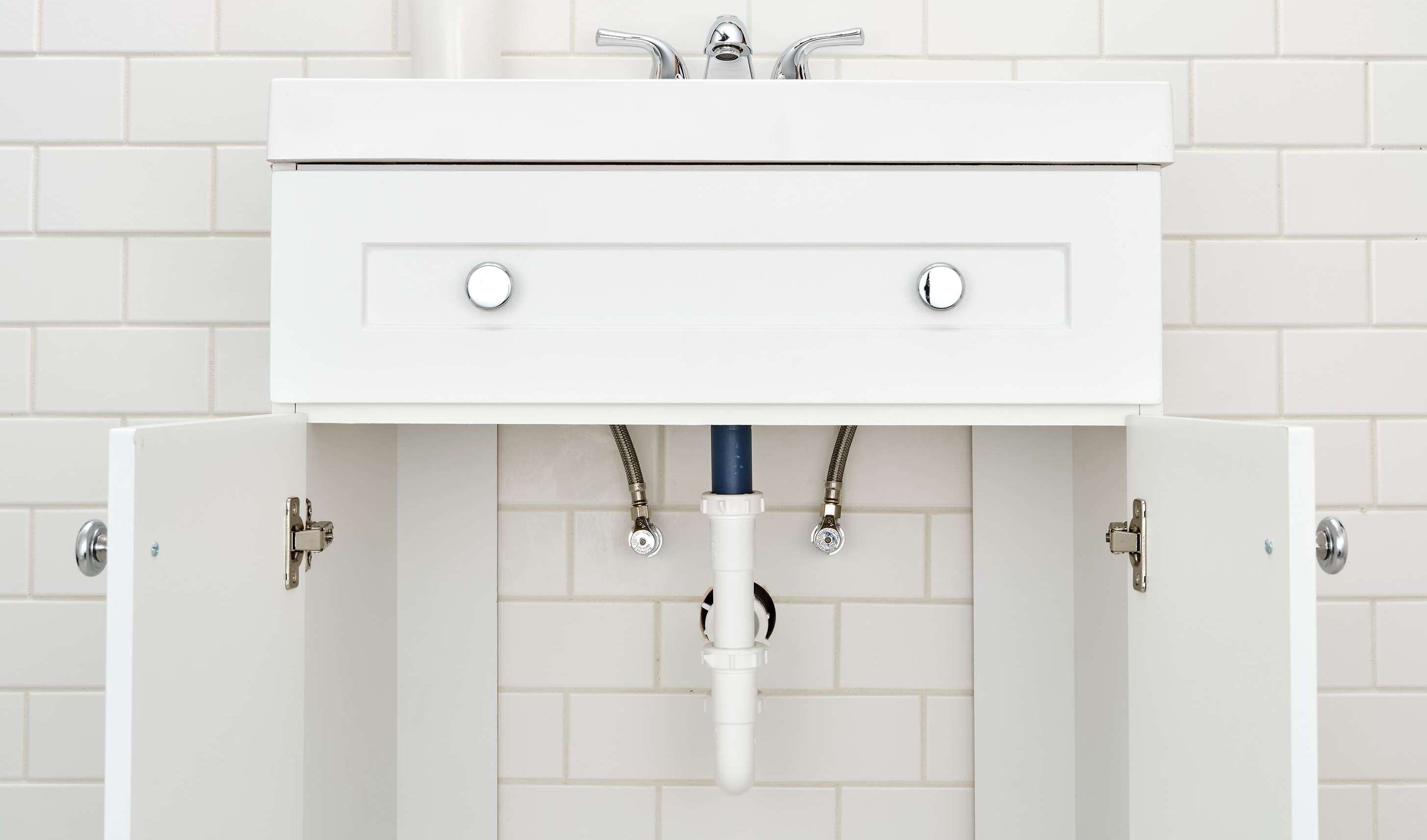
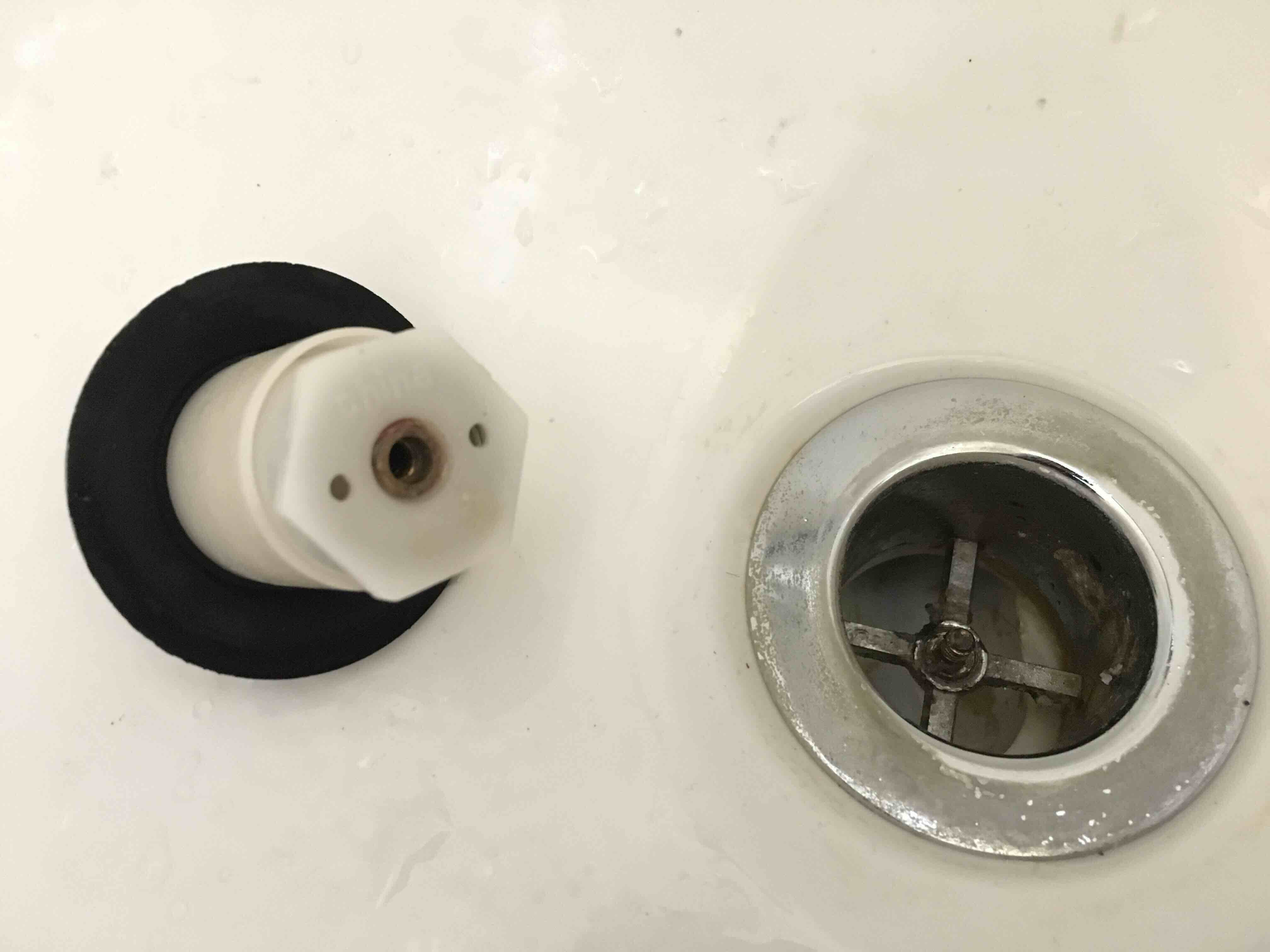
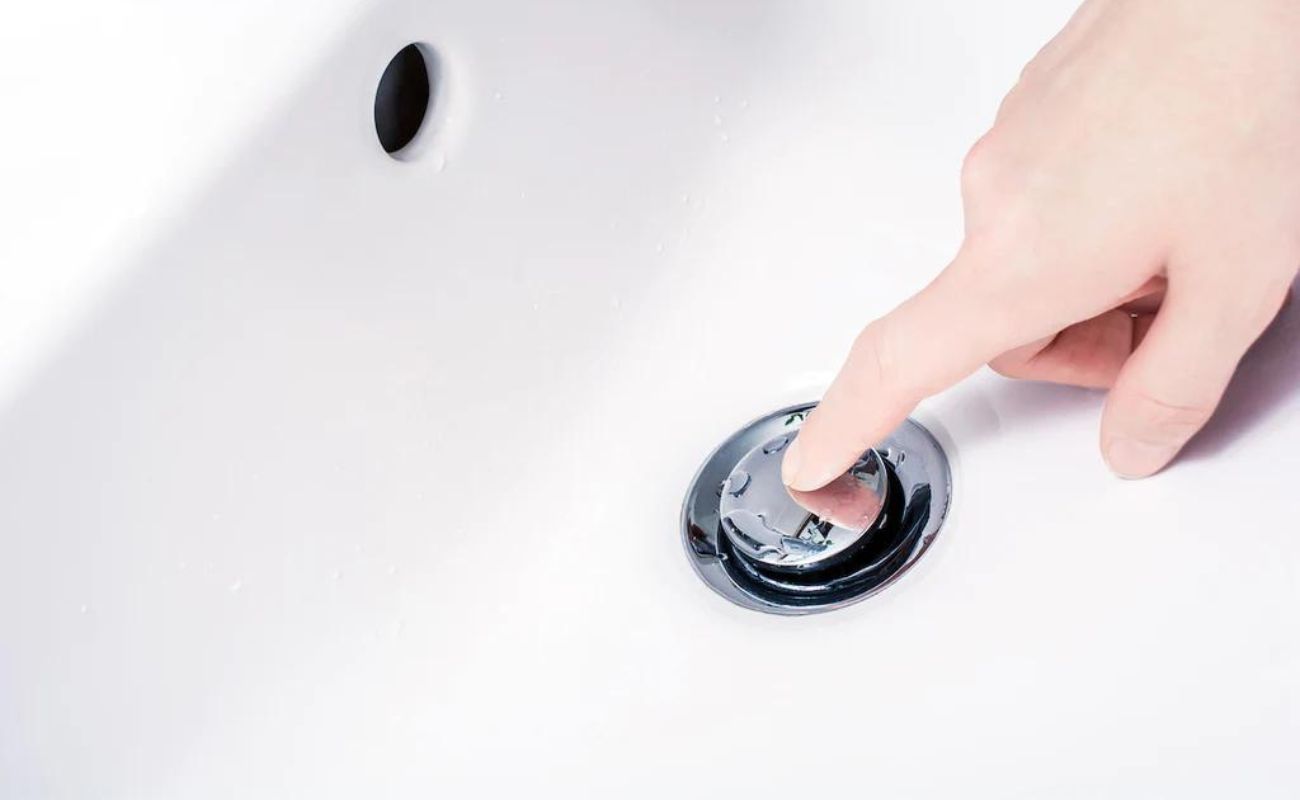
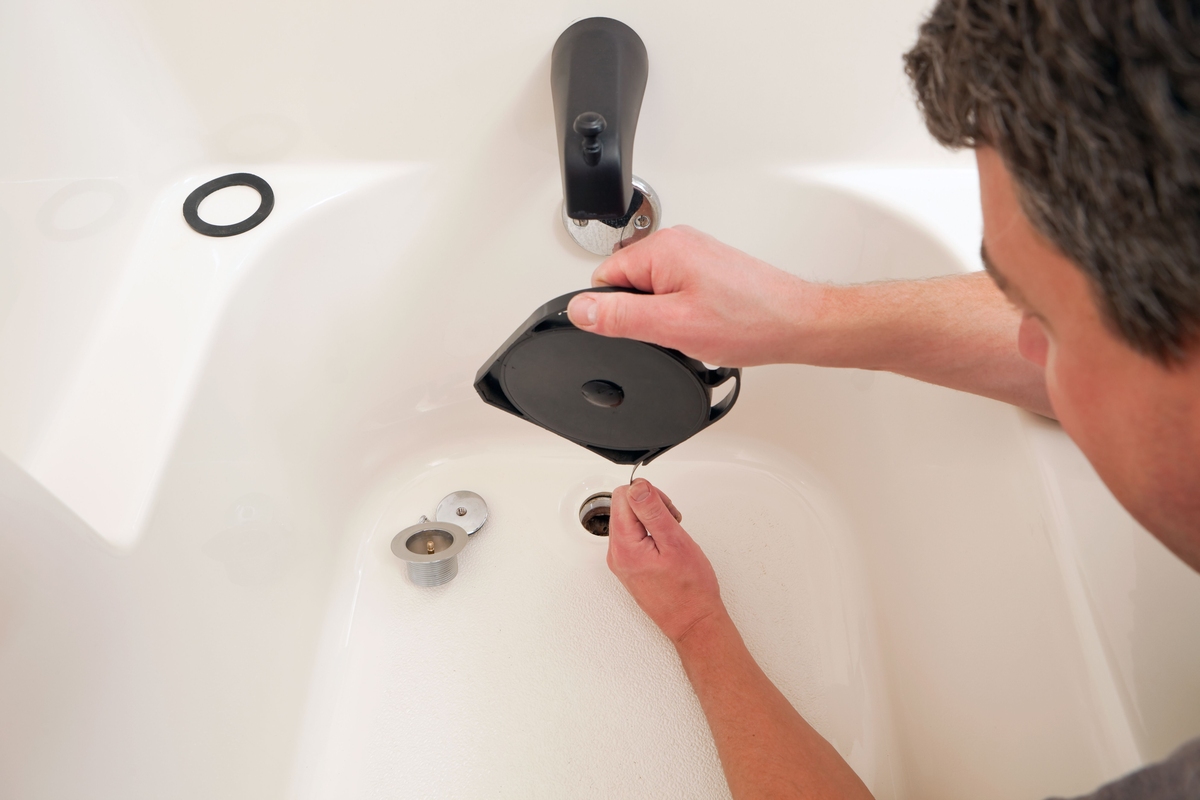
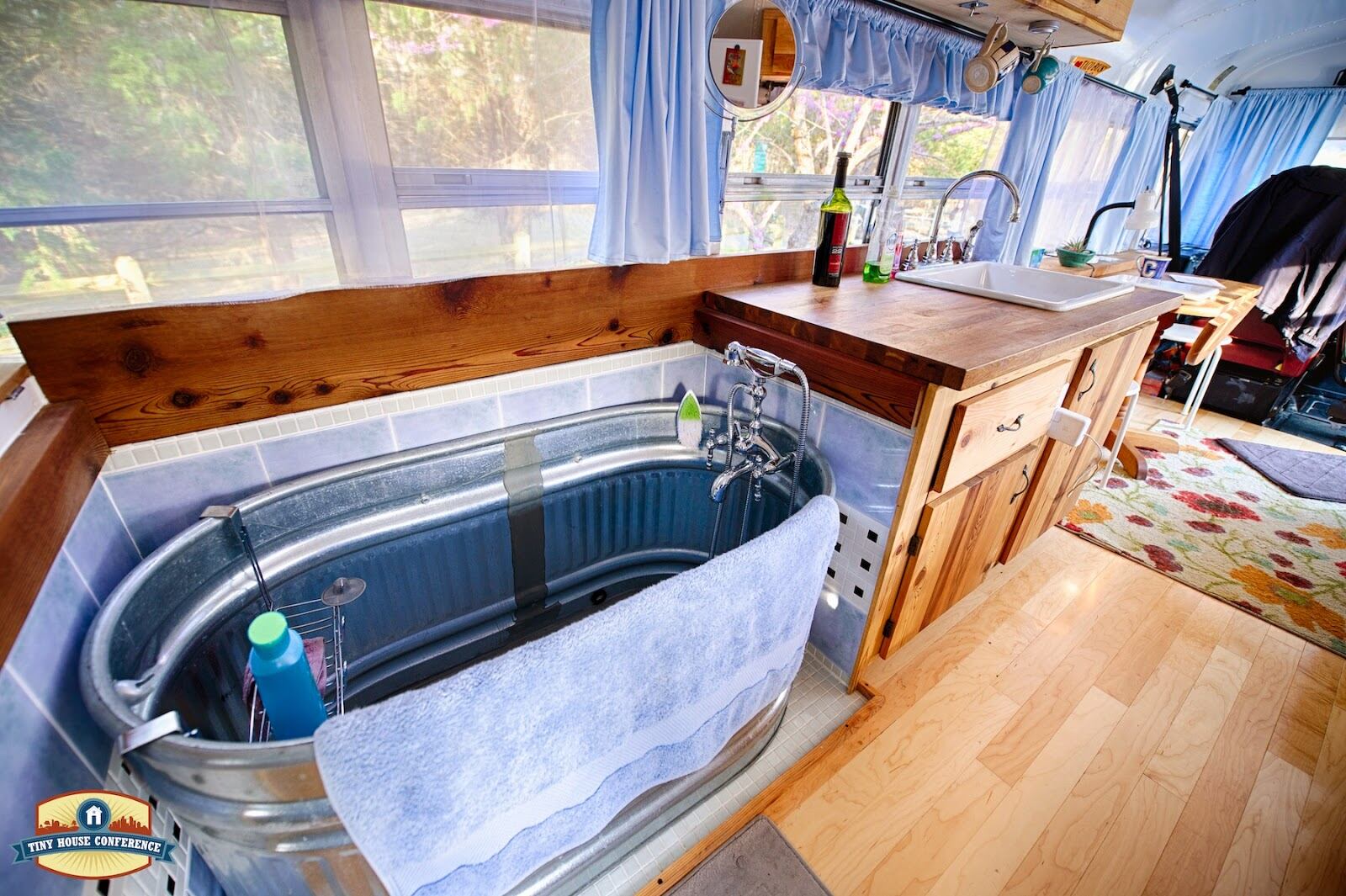
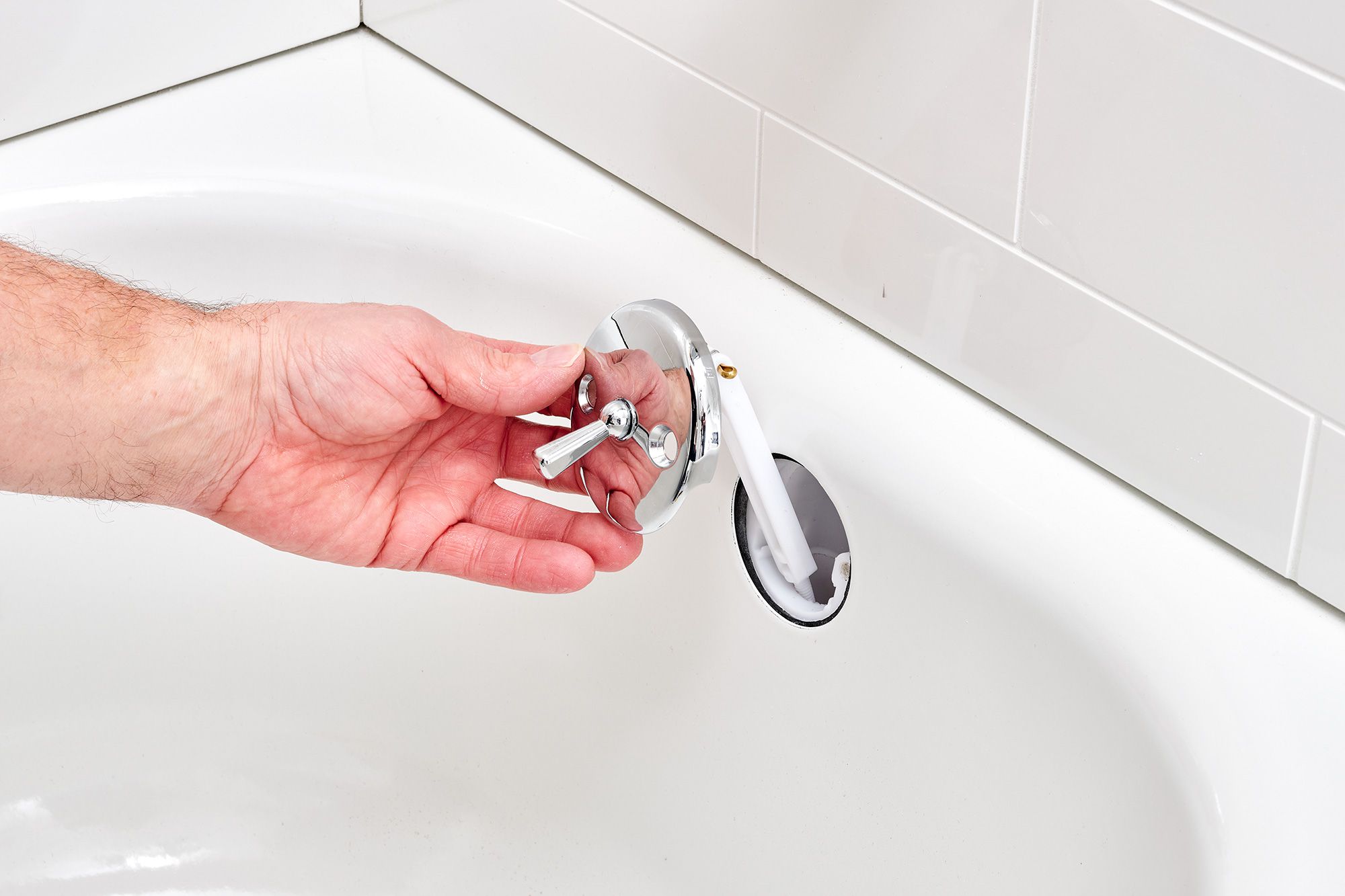
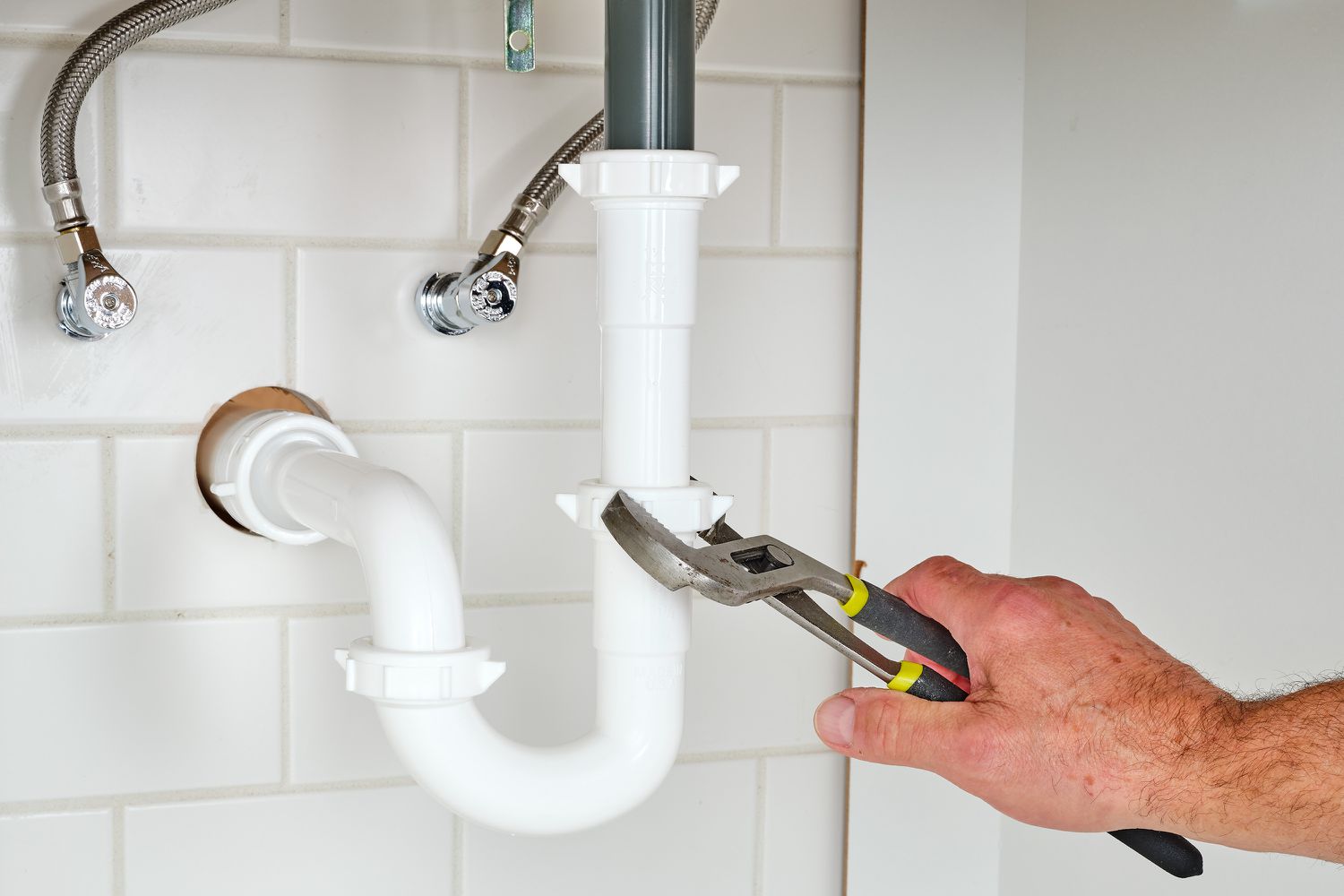
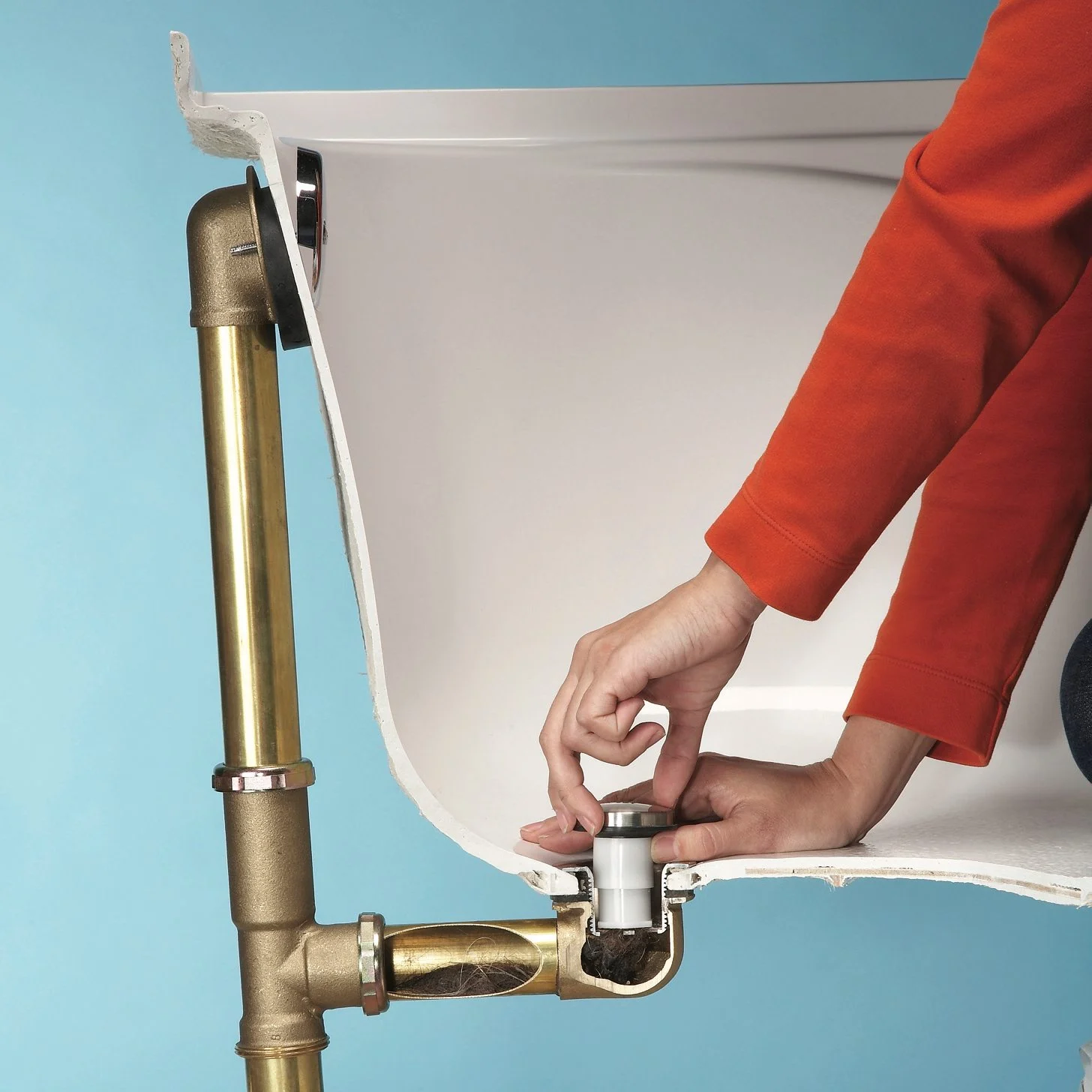
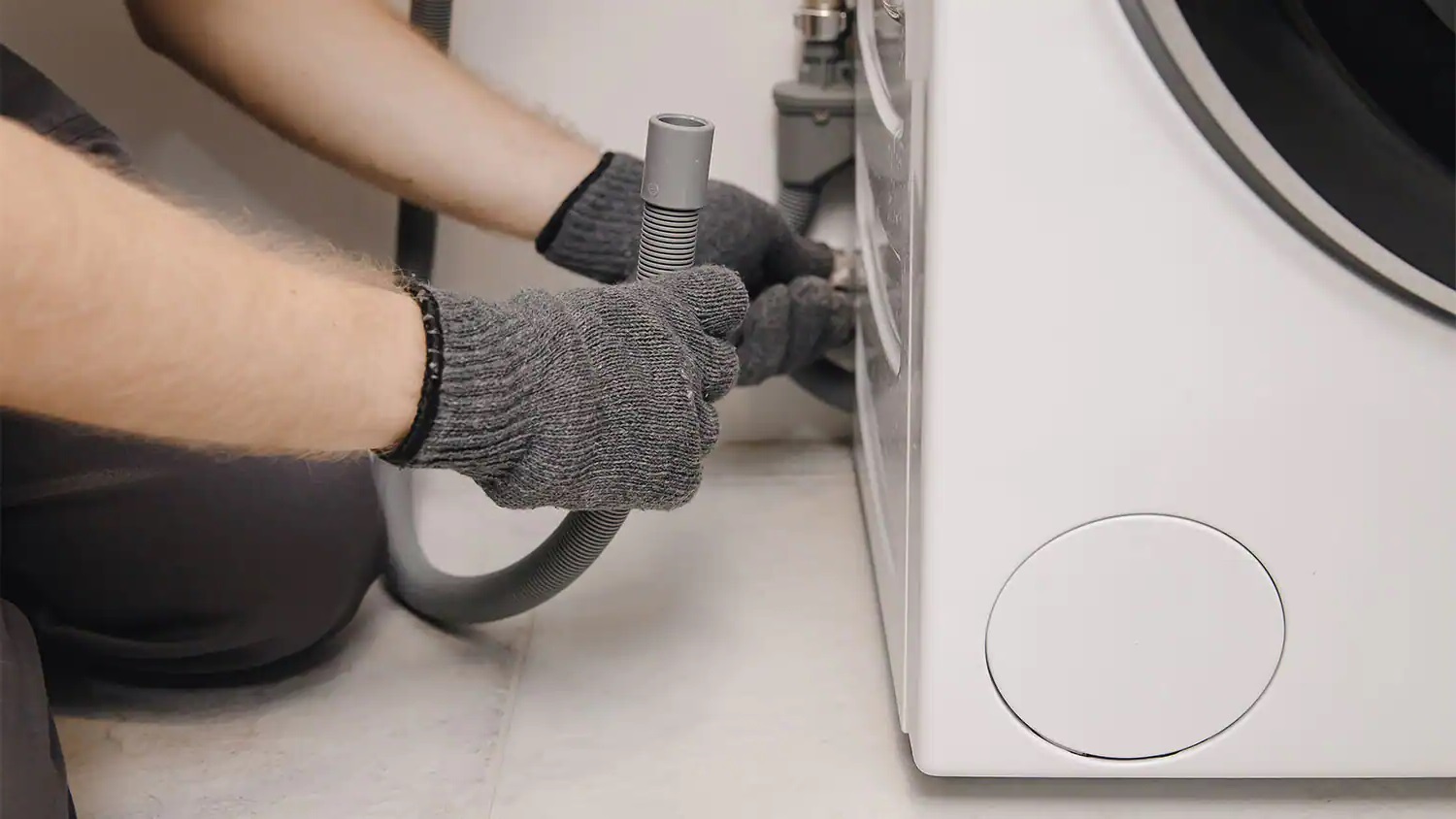
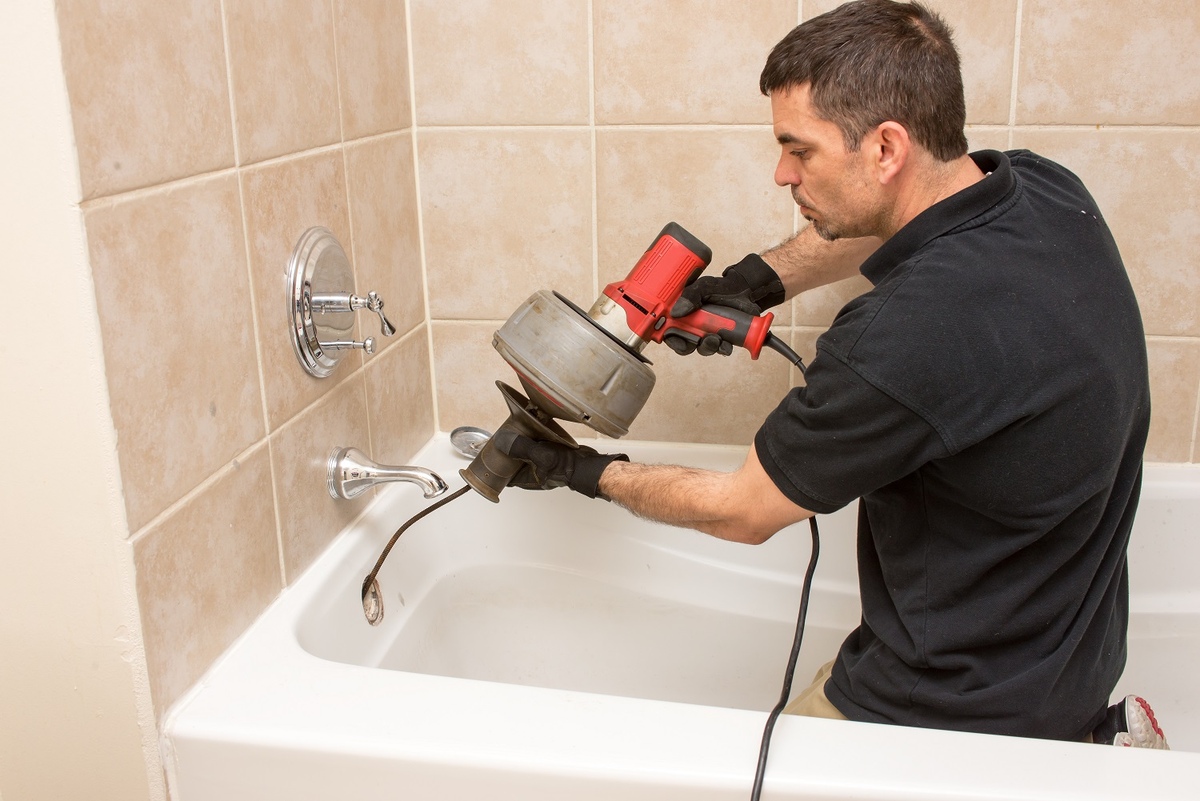
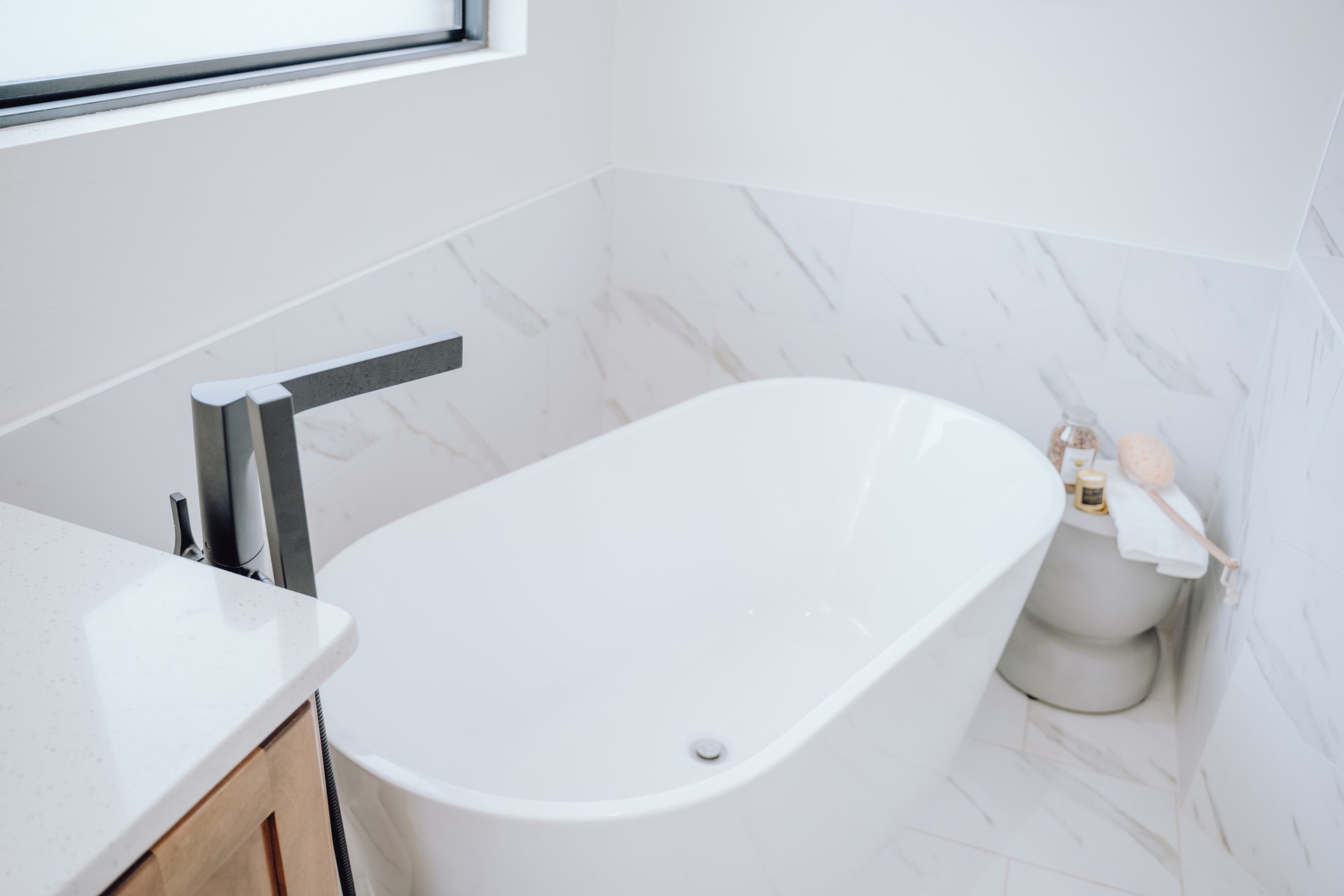
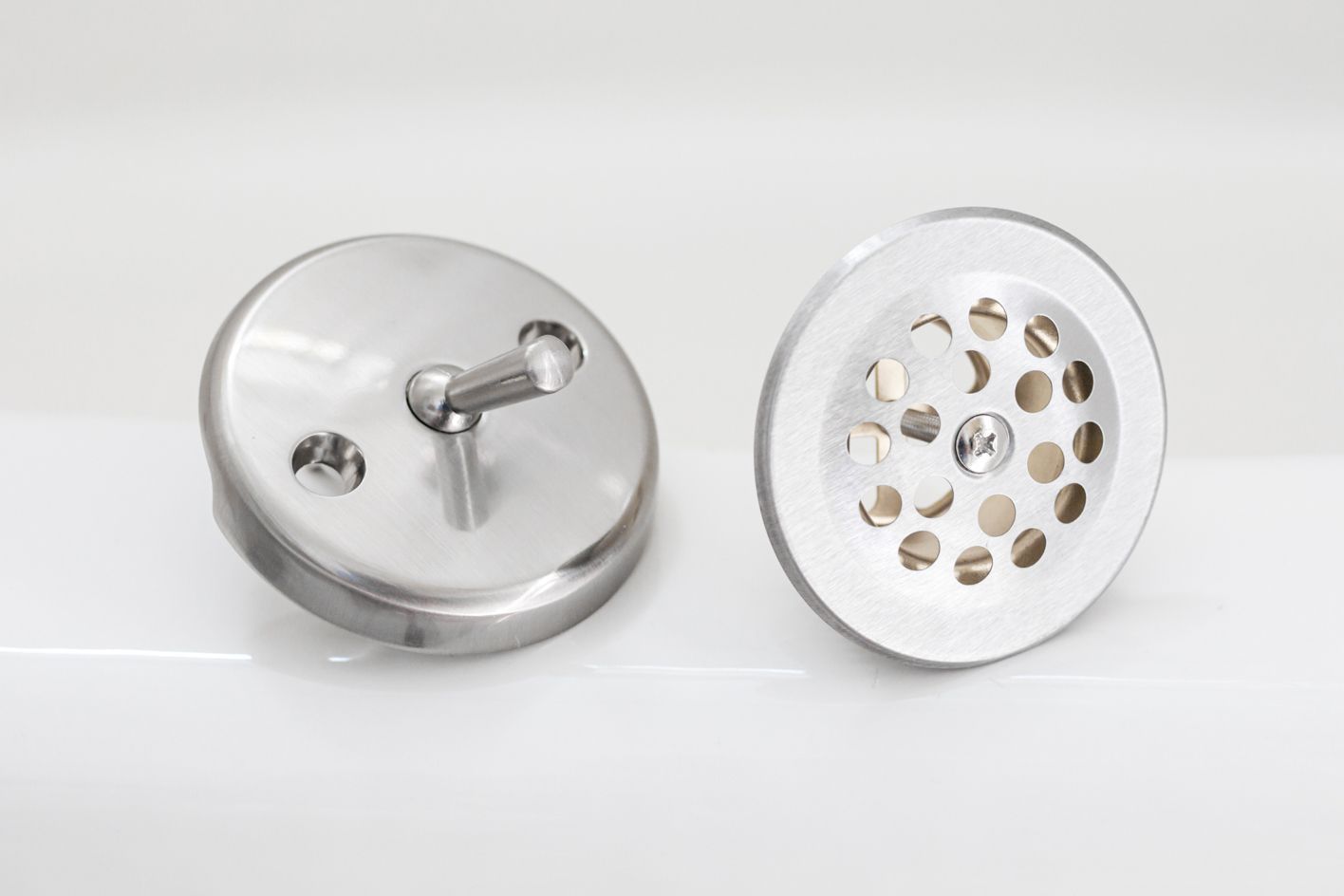
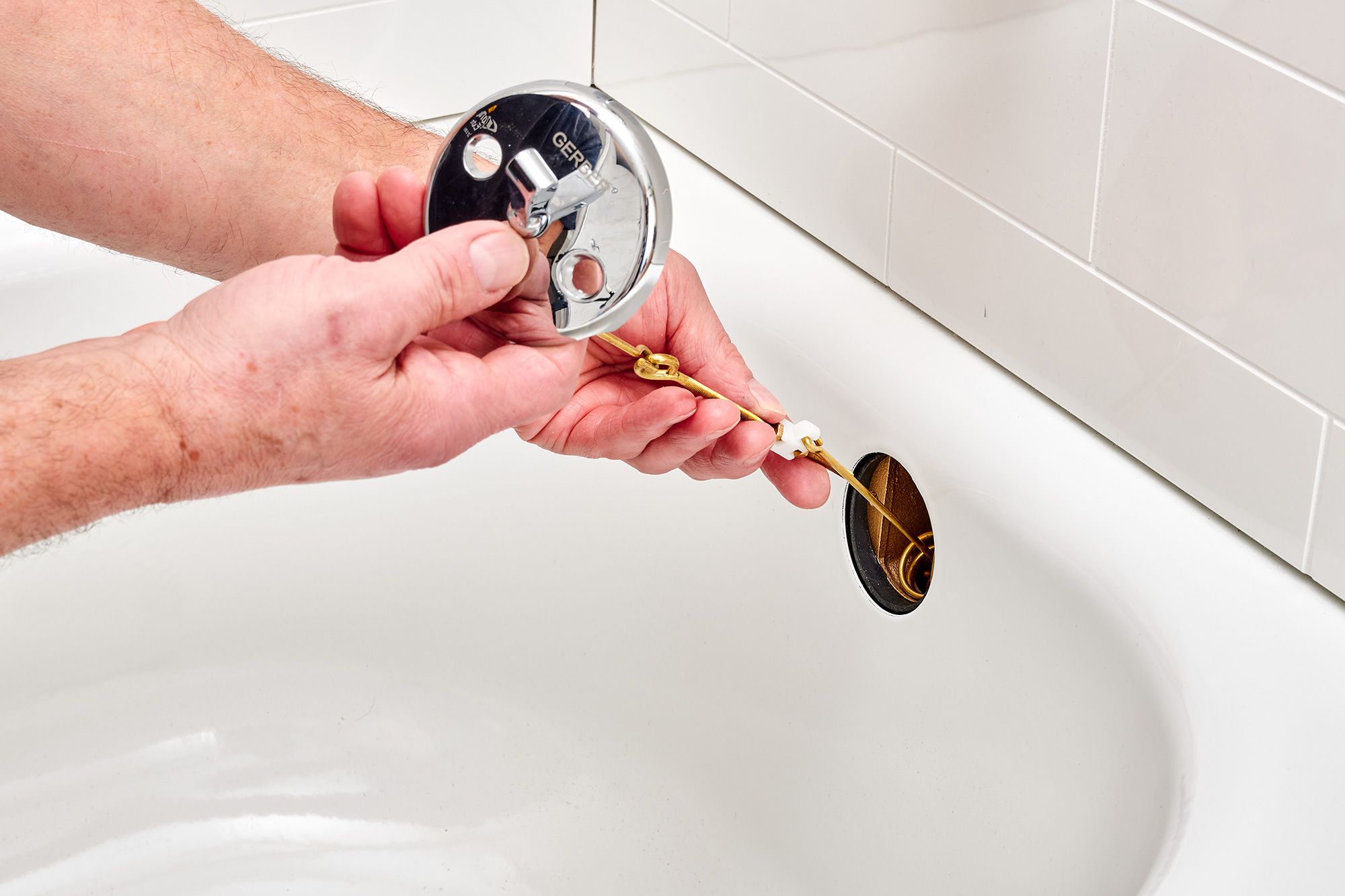

0 thoughts on “What Size Is A Bathtub Drain”